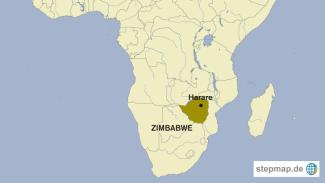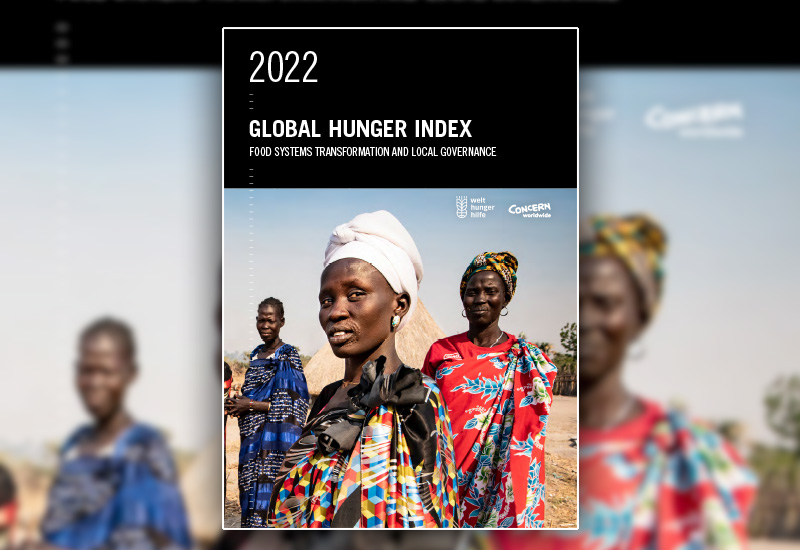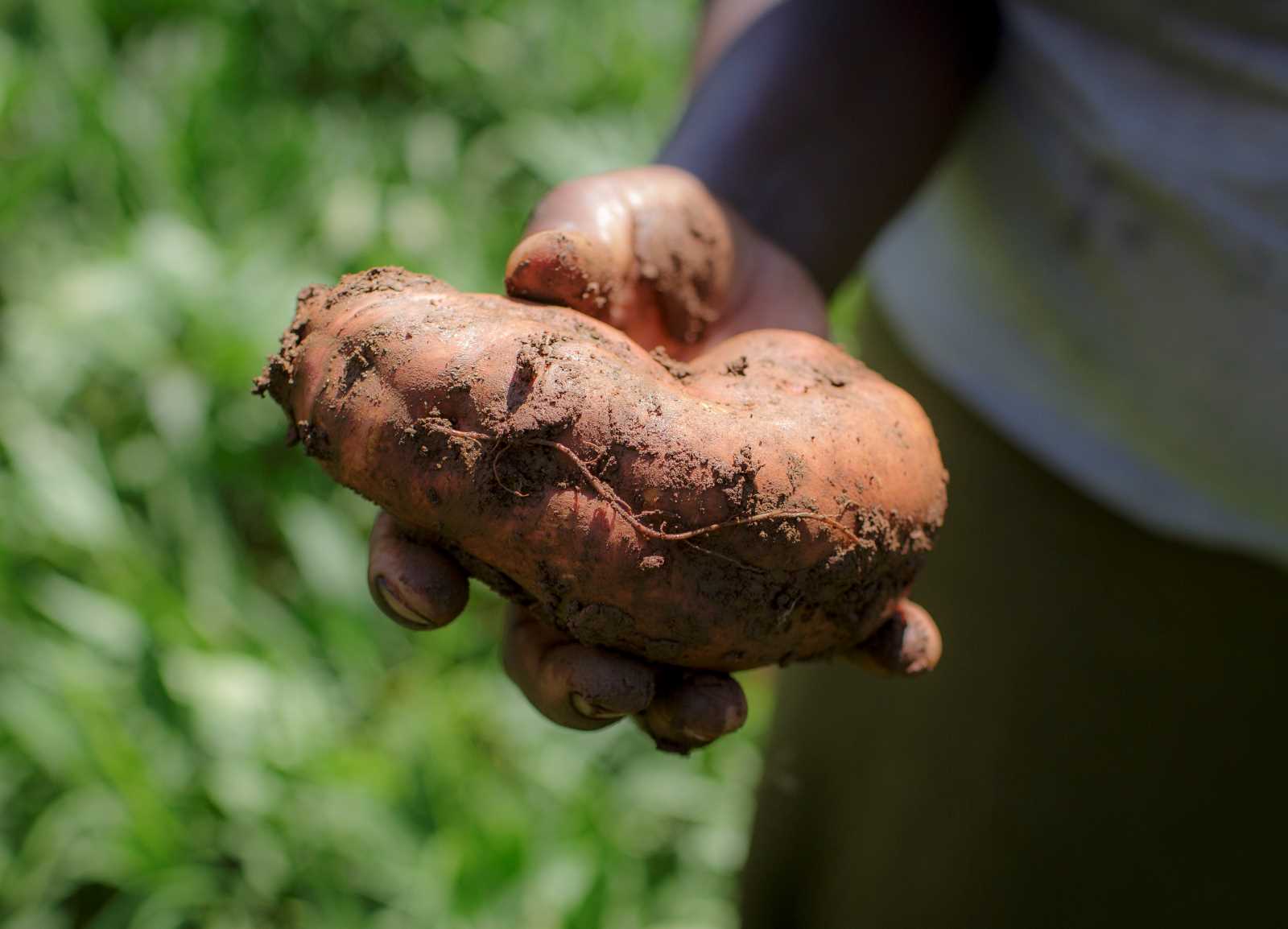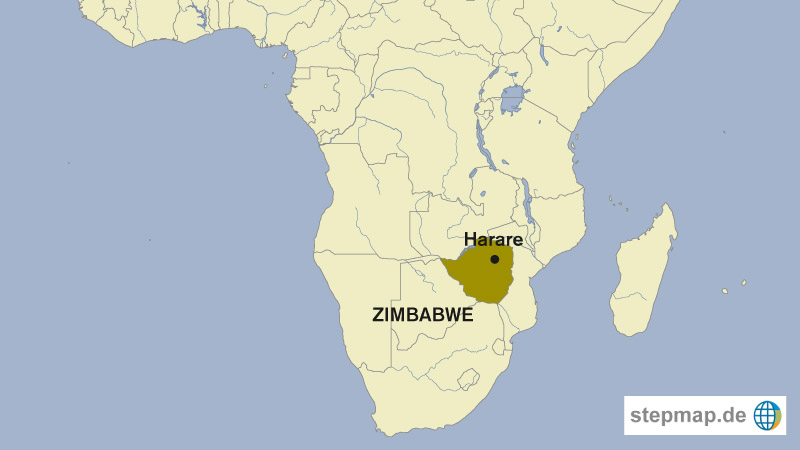Livestock farming
Fodder for the dry season

Farmers in this province lost 6,000 heads of cattle due to drought in the 2019–2020 season, according to official statistics. Those are reported cattle deaths, and the actual number is probably higher, according to the agriculture ministry.
To stem their losses, 87 smallholder farmers in the province’s Bubi district came together to find a solution that does not depend on rain. They did so with advice from the local Livestock Centre of Excellence (LCE), a donor-funded agricultural extension service.
With this support, the farmers planted velvet beans, a long climbing vine that produces deep purple bean pods that can be used as cattle feed. They also planted lablab fodder, a legume used for grazing and conservation.
The planting yielded impressive results. Beginning with 3 kilogrammes (kg) of velvet-bean seeds and 2 kg of lablab seeds, the farmers harvested 101 bales of fodder crops with a weight totalling 300 kg.
Once they harvested these crops, the farmers turned them into animal feed by grinding them together with other crop residues, tree leaves and grain. They then stored the feed, either at their homes or packaged in bags and left in a community storage area.
When drought set in between October and November 2021, devastating grazing lands, the farmers were ready. The cattle feed saved many heads of cattle that otherwise would have perished. This is a lifesaver for farmers in the region: A single bull can fetch as much as $ 800.
“Normally during the dry season, calves suffer as their mothers run out of milk,” says 74-year-old Ntombizodwo Ncube, a farmer in Majiji Village. “But now we have feed readily available. Calves do not have to travel long distances looking for feed.”
“We can produce enough fodder to cover the three-month dry season,” says Precious Ndlovu, project coordinator of the Zimbabwe Resilience Building Fund’s MELANA (Matabeleland Enhanced Livelihoods Agriculture and Nutrition Adaptation) project. The project is being implemented by Welthungerhilfe, a German NGO.
The Zimbabwe Resilience Building Fund is a multi-donor development initiative. Among the donors are the United Nations Development Programme, the European Union and the UK Foreign, Commonwealth & Development Office.
Farai Shawn Matiashe is a journalist in Mutare, Zimbabwe.
matiashefarai@gmail.com














